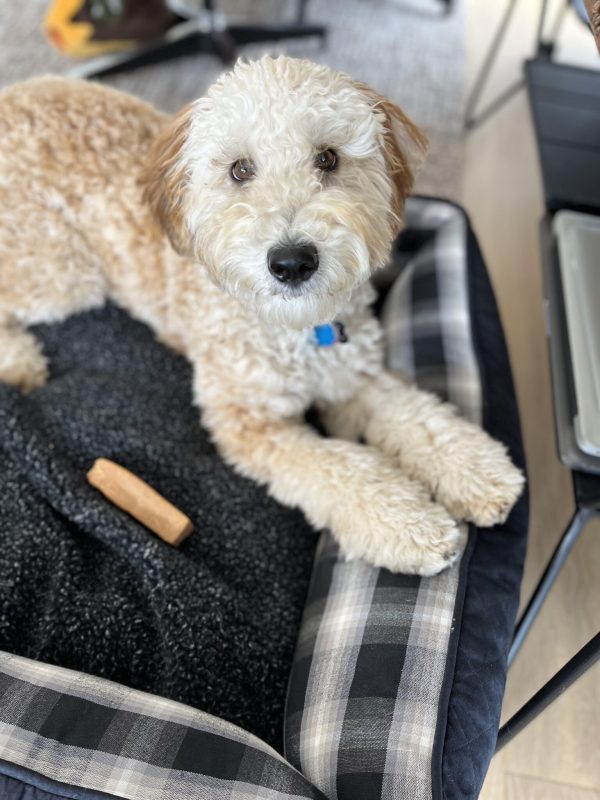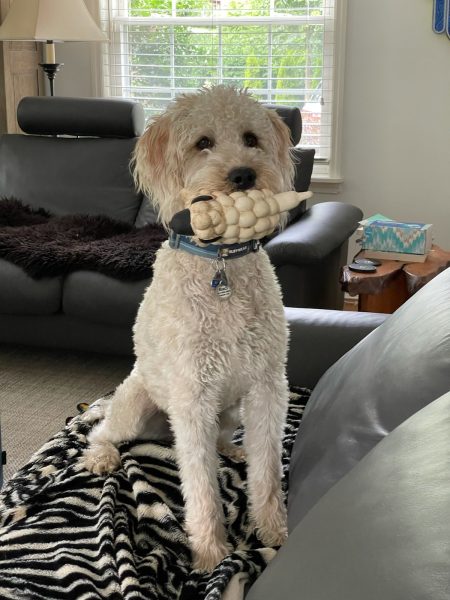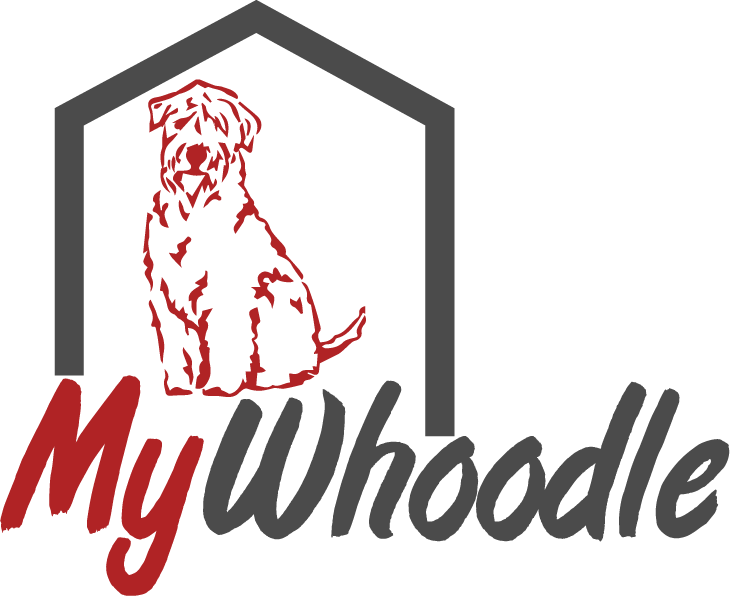Spaying/Neutering My Whoodle
Did you know that approximately 80% of dogs in the U.S. are spayed/neutered? This is because having your pets spayed/neutered has been heavily branded as what a responsible owner does for their pets. Spaying/Neutering helps the health of the dog as well as preventing unwanted litters that ultimately contribute to crowded shelters and the overpopulation problem we see with dogs today.

Spaying vs Neutering
Neutering is when the testicles of a male dog are surgically removed. Neutering can serve many benefits but is primarily a form of sterilization to prevent unwanted reproduction. Neutering is considered minimally invasive since the performing veterinarian doesn’t have to enter the abdomen or any other body cavities.
Spaying is the female version of neutering. The veterinarian will surgically remove the dog’s uterus and ovaries. This is done to sterilize the female, but it also offers many health benefits. Spaying is more invasive than a neuter because the veterinarian will remove the organs through an incision made on the stomach.

Should I Spay/Neuter My Whoodle
Spaying and neutering your Whoodle has many health benefits.
For females, spaying can eliminate the chance of pyometra which is a serious life threatening condition. Having your female pet spayed also prevents malignant and cancerous breast tumors from forming in about 50% of dogs. Females won’t go into heat after being spayed, so this can be both a behavioral perk as well as a perk for the owner. You won’t have to deal with the vaginal discharge and bleeding that results from each heat cycle once your female is spayed.
When it comes to males, having your pet neutered prevents cancer of the testicles, and some prostate problems giving your furry family member the best chance at a long and happy life by your side. While most behaviors are a part of your dog’s personality (learn about how we test each puppy’s aptitude here) some behaviors are instinctually and hormonally driven such as mounting other dogs or objects, leg lifting, and marking territory. These are all likely to decrease in neutered males. This is a result of the reduced testosterone in males after having the surgery. Neutered males tend to roam (searching for females in heat) much less than that of an intact male. Knowing your Whoodle’s attention won’t be divided between you and searching for a mate can be a big training perk as you continue to craft his obedience skills into what a perfect family dog should be.
In addition to all the benefits mentioned above, spaying and neutering also offers you an additional perk; by having your pet spayed or neutered within the first 12 months of their life you preserve the 8-YEAR Hereditary Health Guarantee that we offer for each of our pups.

Caring for your Whoodle after surgery
Spaying and Neutering is one of the most common surgeries veterinarians perform on animals. But what do you do after the surgery?
Helping Your Whoodle Recover
Most dogs are fully healed from a spay surgery or neuter within 10-14 days. In the meantime, there are a few things you can do to help your pet recover comfortably and safely once you’ve brought them home. Providing your Whoodle with a comfortable place to lie down post surgery is a good way to start the healing process as your dog is likely to be sleepy for the first 24 hours post surgery (however, if your pet becomes unresponsive or the lethargy persists this is cause for concern). Keeping your pet calm, discourage running and jumping for around two weeks, (or whatever your vet recommends) especially for females. Females are more at risk for re-opening the incision. If your dog gets too rambunctious, crating your dog is a safe way to prevent too much activity. Absolutely no swimming, or bathing your dog until the incision is fully healed, your vet can confirm when it is safe to resume water activities. Utilizing a cone or other preventative method will keep your pet from licking the surgery site. This is important because it will reduce the chance of infection. You should check the wound daily to ensure that it is healing properly, notifying your veterinarian right away if any concerns arise. If pain medication has been prescribed, always follow the instructions of your vet.
Do:
-
Provide a comfortable place for rest
-
Watch for any signs of extreme lethargy or unresponsiveness
-
Decrease activity level
-
Use a cone or E collar to prevent licking
-
Check wound daily for infection
-
Give medication as prescribed
Do NOT:
-
Bathe your dog or take them swimming until cleared by your veterinarian
-
If you’ve been instructed to clean the incision, do not allow the surgery site to get wet
-
Don’t let your dog play rough with other dogs
-
Never bring your dog around other intact males or females in heat after a spay/neuter
-
Do not give your dog any human medication (such as aspirin, benadryl, or ibuprofen)
My Whoodle is proud to provide quality information to anyone who is curious about the breed. If you are interested in adopting a puppy from us, check out our Available Puppies page and research our adoption process.
